The national park and UNESCO World Heritage Site of Phong Nha-Ke Bang in Vietnam (which we recently mentioned in Five lesser-known destinations to visit in Vietnam), is about to drop its prices – according to various news sources.
The park, which is located in central Vietnam, grabbed public attention in 2005 with the discovery of “Paradise Cave” (Thien Duong Cave) and again in 2009 when explorers stumbled across Son Doong Cave – the largest in the world. Since then, authorities have had plenty of difficult decisions to make regarding development and how best to tackle the issue of tourism to the area without negatively impacting the caves themselves.
Claiming a need to raise money to maintain the caves, local authorities almost doubled entrance fees to each of the caves for the new year – bringing the fee from VND 120,000 to VND 250,000 (£3.70-£7.80 / $5.60-$11.80) for Paradise Cave, and from VND 80,000 to VND 150,000 (£2.50-£4.70 / $3.80-$7) for Phong Nha and Tien Son Caves. Meanwhile, Phong Nha is not the only Vietnamese tourist destination to have raised its costs – with Halong Bay and Dalat also raising entrance prices in 2014 and early 2015, and Hue and Ho Chi Minh City also planning to raise their fees later this year.
According to Thanh Nien News, the hike was strongly protested by travel agencies, many of whom had already contracted tours with customers and were not informed of the price hike in advance. Nguyen Van My, the general director of Lua Viet Tourism Company, claimed that the rise would cost his company a total of VND 30 million (about #1,000 / $1,400).
Besides individual losses sustained by tour operators, there is a wider fear that such a widespread and dramatic rise in fees will drive tourism out of the country and into its cheaper neighbours at a time when Vietnam is campaigning to boost tourism.
In response to the hike, however, Vietnam’s tourism authority has since ordered the province of Quang Binh to return the fees to their original level. It has suggested that the fees might be increased at a later date, and that that entrance could be discounted for local tourists.
Good news for both the individual traveller and for companies operating in Phong Nha-Ke Bang National Park!
Phong Nha Fact File: The Caves
Phong Nha Cave
- Vietnam’s most famous cave, Phong Nha-Ke Bang Park takes its name from this cave
- 7,729 m long
- Heights of up to 40 m
- Contains 14 chambers (grottoes)
- Tourists are only allowed to enter the first 1,500 m
- Contains a 13,969 m underground river (the longest in the world)
- The cave has been open to tourists for quite some time, and so has deteriorated in condition compared with the newly discovered Paradise Cave
Thien Duong Cave (Paradise Cave)
- Discovered by a local man in 2005, then explored by the British Cave Research Association the same year
- 31 km in length
- Heights of up to 100 m
- More inaccessible than Phong Nha Cave, but its limestone formations are more spectacular
- Opened to tourists in September 2010
- Visitors may explore up to 1.1 km of the cave
- In 2012 a new species of scorpion was discovered in the cave
Son Doong Cave
- Found by a local man in 1991, then rediscovered by the British Cave Research Association in 2009
- The largest cave in the world
- More than 5 km long
- Heights of up to 200 m
- Widths of up to 150 m
- Contains some of the tallest known stalagmites in the world (up to 70 m tall!)
- Abnormally large cave pearls the size of baseballs were found in Son Doong. For reference, most cave pearls (calcite formations that occur in limestone caves) are under 1 cm in diameter.
- First explored by tourists in August 2013 on a trip costing $3,000 per person. Future trips are planned.
The park is also home to the Vom cave systems, which contain the deepest hole in Vietnam (255 m deep), and Tien Son Cave (980 m long), which was discovered in 1935 and is only open to professional expeditionists.
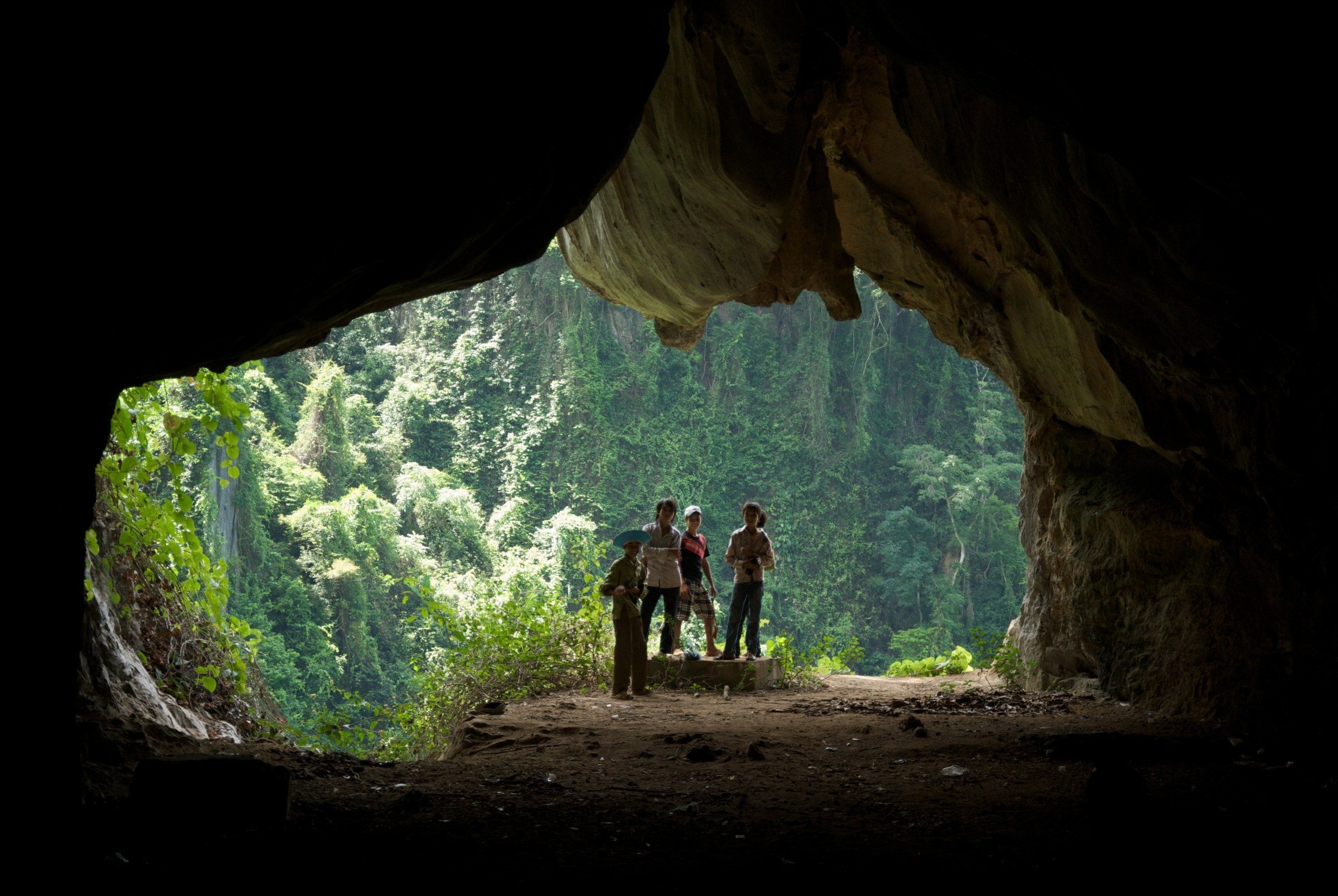
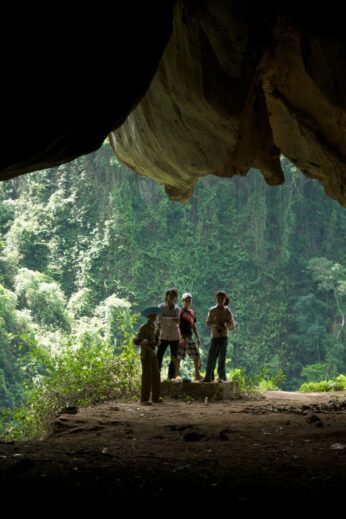
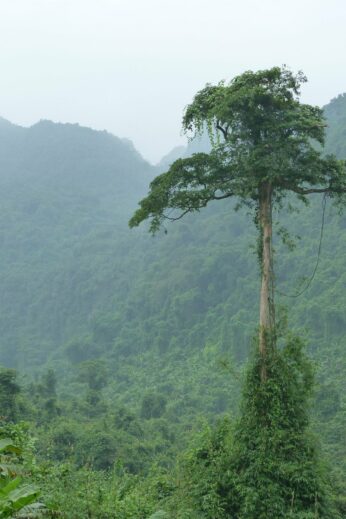
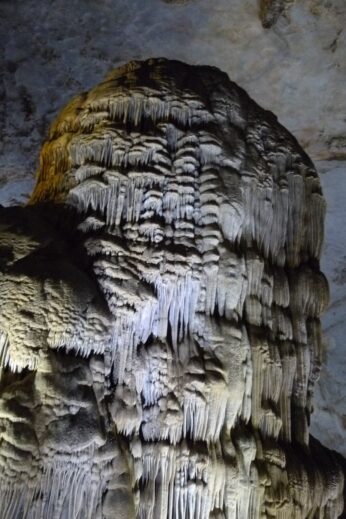
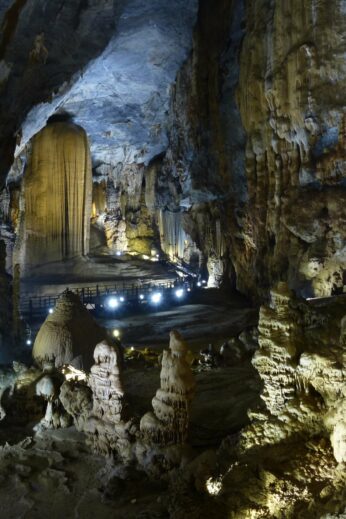



Reblogged this on LIFE SE ASIA magazine.
very interesting, thank you for the clear information about visiting the caves